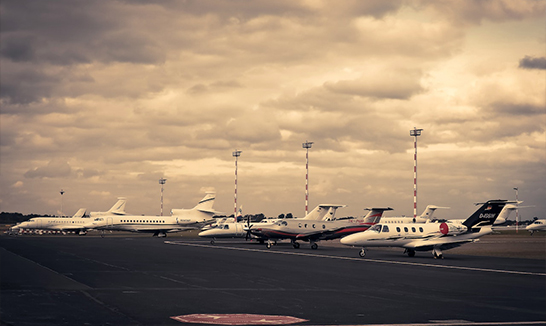
Aviation greatly benefits from GIS and other forms of geospatial technology. GIS for aviation is accurate, reliable, and efficient, providing real-time information for airport and aircraft management. Its processing capabilities allow for the simultaneous coordination of activities, which cannot be accomplished with manual methods. Facilitate communication between towers: GIS programs can monitor tall structures like buildings and towers, automate tasks, and enable communication.
- Facilitate communication between towers: GIS programs can monitor tall structures like buildings and towers, automate tasks, and enable communication.
- Create a positive passenger experience: GIS platforms can ensure passengers have a good flight by responding to customer reviews and analyzing passenger movements and behaviors to customize their experience.
- Plan the airport layout: GIS software provides a 3D visualization of the airport during the design period, allowing engineers to test and change their designs. Once the airport is built, GIS can assist with day-to-day operations.
- Monitor flight paths: GIS platforms can integrate with the radar technology airports and airstrips use for communication. Users can track aircraft in real-time, whether over land or sea.
- Improve safety and security: The common operating platform provides access to all information, so all users have enhanced situational awareness. GIS software can assess security threats and coordinate field personnel.